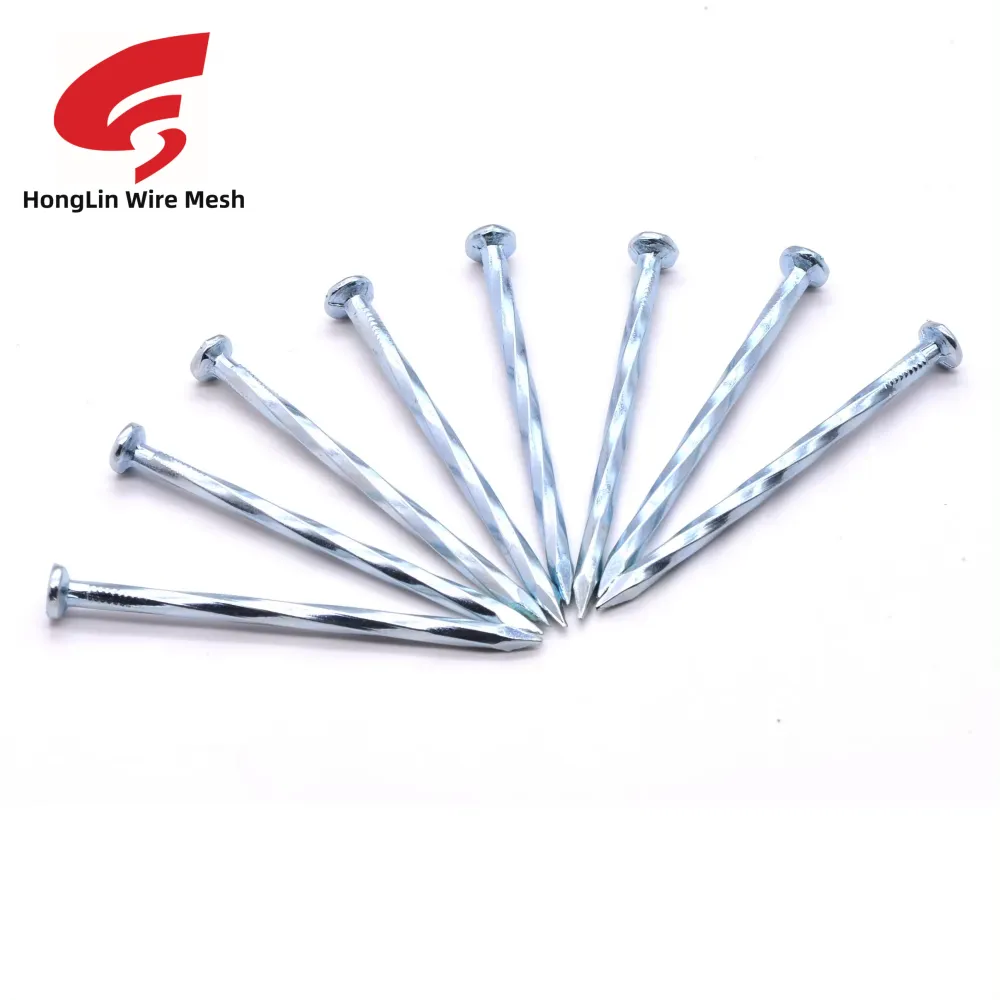construction chain link fence
Understanding the Construction of Chain Link Fences
When it comes to fencing options, chain link fences stand out due to their blend of utility, durability, and affordability. These structures are widely used for various applications, ranging from residential rooms to industrial sites. In this article, we will delve into the construction of chain link fences, exploring their components, benefits, and the installation process.
Components of a Chain Link Fence
A chain link fence primarily consists of five main components the fabric, posts, top rails, bottom rails (optional), and fittings.
1. Fabric The fabric is made from galvanized steel wire, woven together in a diamond pattern. This design not only provides a visually appealing look but also ensures visibility while maintaining security. The gauge of the wire can vary, influencing the overall strength and durability of the fence.
2. Posts Vertical posts are fundamental for any chain link fence. They provide the necessary support and rigidity. These posts are typically made of steel and are available in various sizes to accommodate different heights of fencing. The most common types of posts are line posts (placed at intervals), corner posts (for directional changes), and terminal posts (at the ends of the fence).
3. Top Rails A horizontal top rail runs along the top of the fence, connecting the line posts and providing added stability. This component contributes to the overall integrity of the fence and helps to maintain its shape.
4. Bottom Rails Although optional, bottom rails can be added for additional support and to keep the fabric tight. They can help prevent sagging over time, ensuring the fence remains taut and secure.
5. Fittings These include a variety of connectors, brackets, and clamps that join the various components together, ensuring a sturdy assembly. The fittings are typically made from galvanized steel to resist rust and corrosion.
construction chain link fence

Benefits of Chain Link Fences
One of the primary advantages of chain link fences is their versatility. They can be used in residential, commercial, and industrial settings, serving purposes like boundary marking, security, and pet containment. Additionally, chain link fences are renowned for their durability. The galvanized steel construction ensures that they withstand adverse weather conditions and resist rusting, providing long-lasting protection.
Another significant benefit is the visibility chain link fences offer. Unlike solid fences that may obstruct views, chain link fences allow light and airflow to pass through. This characteristic makes them suitable for maintaining an open feel while ensuring safety and security.
Moreover, chain link fences are relatively low maintenance. The need for repainting or staining is minimal, and regular inspections along with occasional cleaning are usually sufficient to keep the fence in good condition. This ease of maintenance makes them a popular choice for busy homeowners and businesses alike.
Installation Process
Installing a chain link fence involves several key steps. First, careful planning and measuring are crucial to ensure the fence fits the intended area. Once the ground is surveyed, the next step includes digging post holes, typically 6 to 8 feet apart, depending on the fence height and local regulations.
After setting the posts in concrete for stability, the top rail is attached, followed by the chain link fabric. The fabric is unrolled and attached to the posts using fittings. Lastly, tension wires may be added at the base and top for further reinforcement, ensuring the fabric remains taut.
As fencing solutions go, chain link fences offer a dynamic combination of cost-effectiveness, ease of installation, and effective security. With the right construction techniques and materials, they serve as a reliable choice for various fencing needs. Whether for a backyard, a sports field, or an industrial site, understanding the intricacies of chain link fence construction can lead to more informed and satisfactory installation outcomes.
-
Space-Saving Chain Fence Hacks Vertical Gardening with Cyclone MeshNewsJul.16,2025
-
Innovations in Iron Nail Wire Production for Modern ConstructionNewsJul.16,2025
-
Creative Uses of Wire Netting Fence in Modern Landscape DesignNewsJul.16,2025
-
Barbed Wire Fence Innovations in Anti-Climb TechnologyNewsJul.16,2025
-
Architectural Uses of Umbrella Nails for Aesthetic Roof DesignsNewsJul.16,2025
-
Architectural Uses of Razor Barbed Wire in Secure Urban DesignNewsJul.16,2025




